Top 10 Chemicals Used in Water Treatment
Ensuring the safety and quality of water for drinking, industrial, and environmental purposes necessitates effective water treatment processes. Here are ten essential chemicals commonly employed in water treatment, along with their benefits and applications.

Catalog
1. Chlorine
Chlorine is a prevalent disinfectant in water treatment, renowned for its effectiveness in eliminating a wide range of pathogens, thereby ensuring water safety for human consumption and industrial applications. Beyond disinfection, chlorine serves as an oxidizing agent for contaminants like iron, manganese, and hydrogen sulfide, facilitating their removal from water.
Benefits:
- Effective Disinfection:Chlorine’s potent disinfecting properties ensure the eradication of harmful microorganisms, reducing the risk of waterborne diseases.
- Oxidation of Contaminants:It oxidizes various impurities, making them easier to filter out or precipitate.
Applications:
- Municipal Water Treatment:Chlorine is added to public water supplies to ensure the safety of drinking water by eliminating pathogens and preventing disease outbreaks.
- Swimming Pools:It maintains clean and safe water in swimming pools by controlling the growth of algae and bacteria.
- Industrial Water Systems:In industrial settings, chlorine is used to control microbial growth in cooling towers and other water systems, ensuring efficient operation and preventing biofouling.
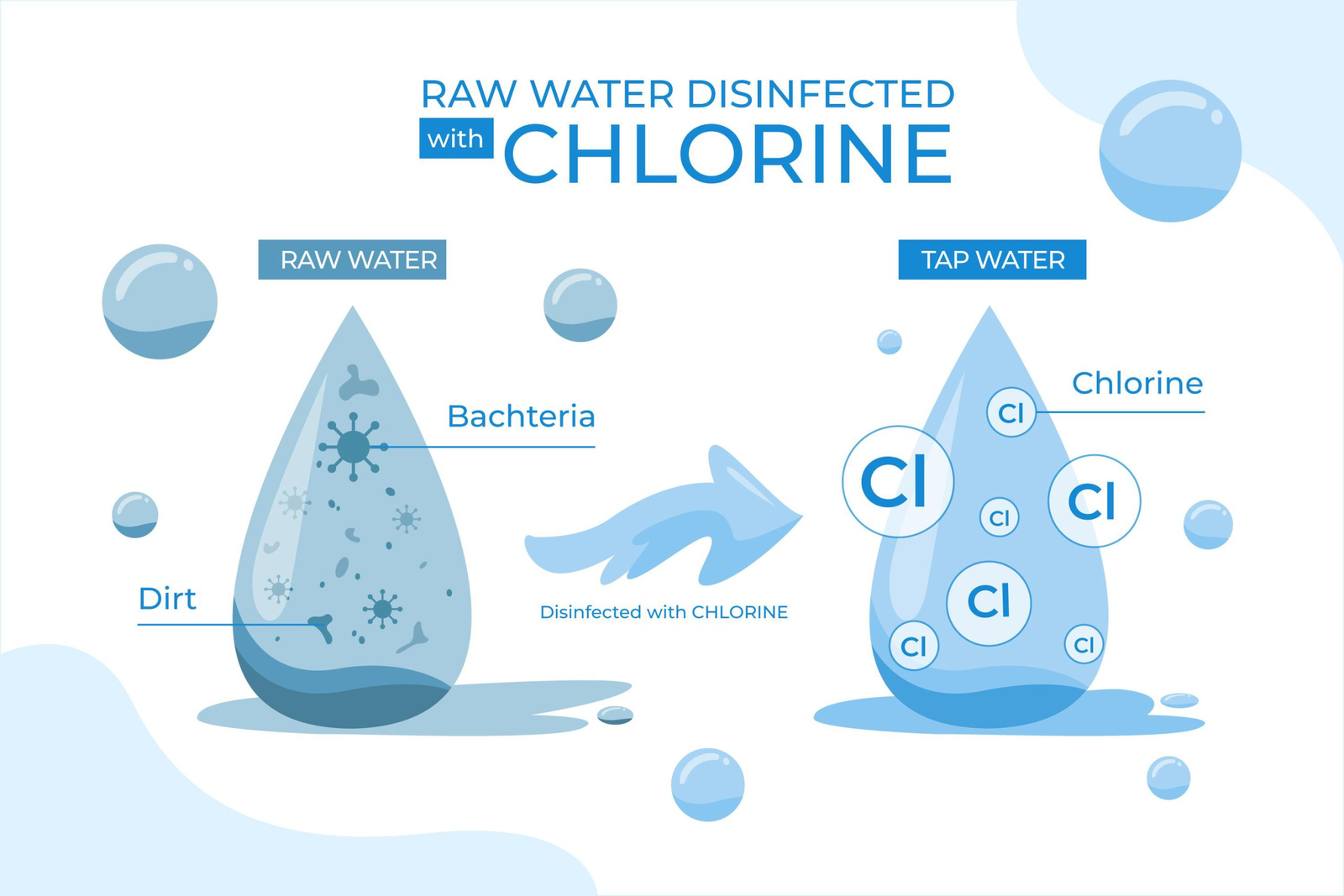
2. Alum (Aluminum Sulfate)
Alum functions primarily as a coagulant in water treatment processes, aiding in the aggregation of suspended particles, which become larger and easier to remove through sedimentation or filtration.
Benefits:
- Coagulation and Flocculation:Alum facilitates the coagulation of fine particles, improving water clarity and making filtration more efficient.
- Reduction of Turbidity:By aggregating particles, alum effectively reduces turbidity, resulting in clearer water.
Applications:
- Drinking Water Treatment:Alum is used in the clarification process to remove suspended solids and reduce turbidity, ensuring safe and clean drinking water.
- Wastewater Treatment:It assists in the removal of pollutants from industrial and municipal wastewater, enhancing overall treatment efficiency.
- Paper Manufacturing:In the paper industry, alum is utilized to clarify water used in the production process, ensuring high-quality paper products.

3. Sodium Hypochlorite
Sodium hypochlorite, commonly known as liquid bleach, is a versatile chemical used for disinfection and bleaching. It is widely employed to disinfect water and treat wastewater, ensuring the safety and quality of treated water.
Benefits:
- Powerful Disinfection:Sodium hypochlorite is effective in killing bacteria, viruses, and fungi, ensuring the safety of treated water.
- Oxidation of Contaminants:It oxidizes various impurities, facilitating their removal from water.
Applications:
- Drinking Water Treatment:Sodium hypochlorite is used to disinfect potable water, ensuring it is safe for human consumption.
- Wastewater Treatment:It helps in reducing microbial contamination in treated wastewater, ensuring compliance with environmental standards.
- Household Bleach:Sodium hypochlorite is widely used in household cleaning products for its disinfecting and bleaching properties.
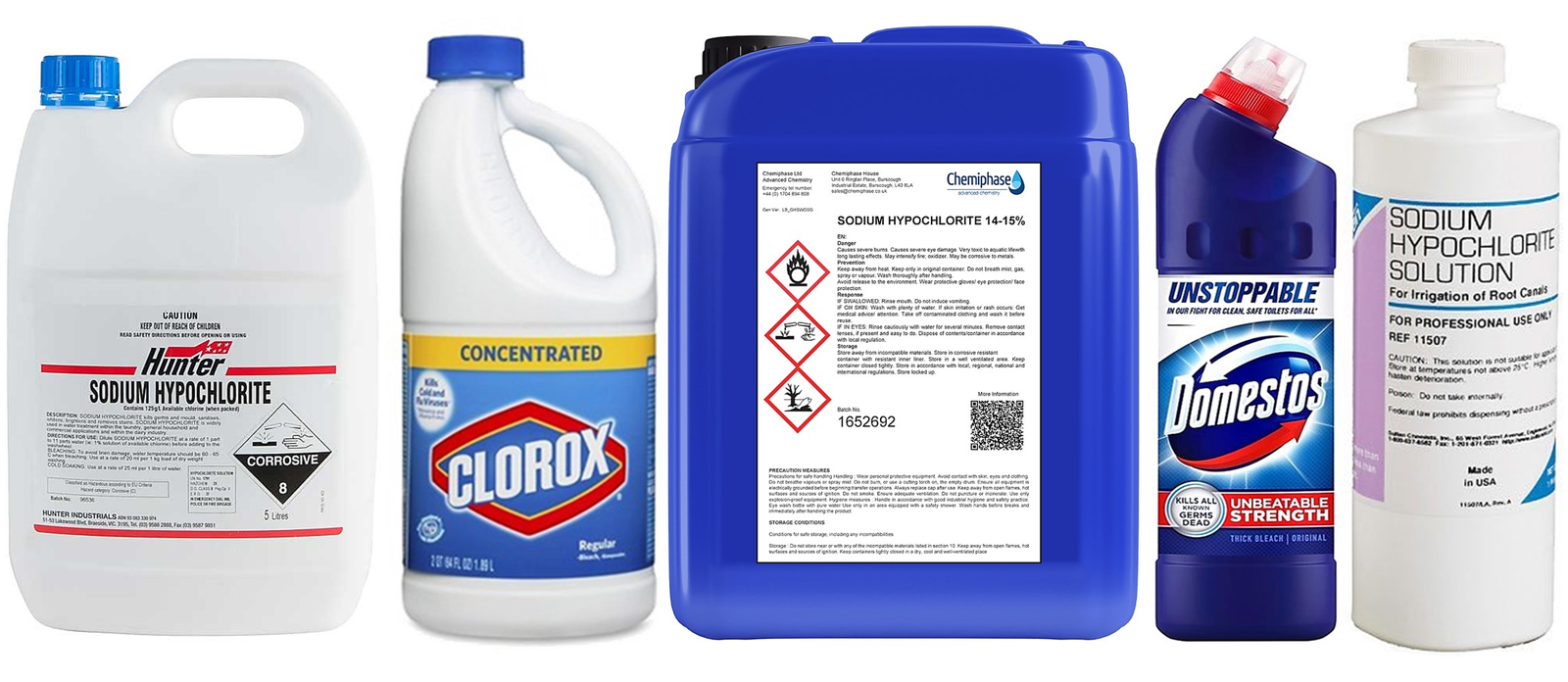
4. Lime (Calcium Oxide)
Lime is utilized to adjust the pH of water, making it more alkaline. It also aids in water softening by precipitating calcium and magnesium, thereby reducing water hardness.
Benefits:
- pH Adjustment:Lime increases the pH of acidic water, neutralizing acidity and stabilizing water chemistry, which is essential to prevent corrosion in distribution systems.
- Water Softening:It precipitates calcium and magnesium ions from hard water, converting them into insoluble forms that can be easily removed through filtration or sedimentation.
Applications:
- Drinking Water Treatment:Lime is commonly used in drinking water treatment plants to raise the pH of acidic water sources, preventing corrosion of distribution pipes and ensuring the water is less corrosive to plumbing fixtures and appliances.
- Industrial Water Treatment:Industries utilize lime for pH control in process water and wastewater treatment. It is also used in boiler feed water to prevent scaling caused by calcium and magnesium ions.
- Wastewater Treatment:Lime is employed in wastewater treatment to adjust pH levels and facilitate the precipitation of metals and phosphates, aiding in the removal of pollutants from wastewater streams.
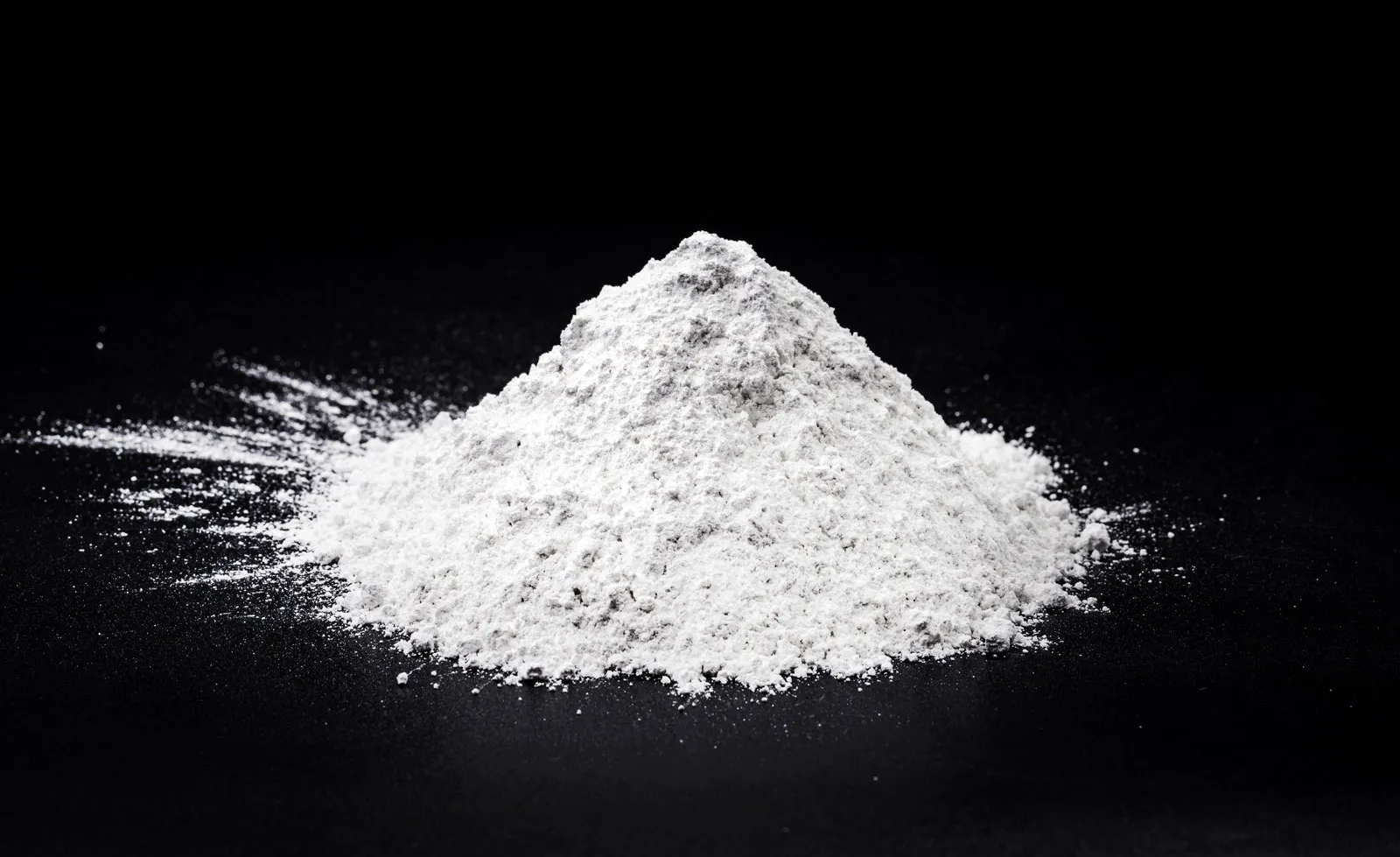
5. Ferric Chloride
Ferric chloride is primarily used as a coagulant and flocculant in water treatment processes.
Benefits:
- Coagulation and Flocculation:Ferric chloride is highly effective in coagulating suspended particles and colloids present in water. It destabilizes particles by neutralizing their surface charges, allowing them to agglomerate and form larger, denser flocs.
- Heavy Metal Removal:It facilitates the removal of heavy metals such as arsenic, lead, and chromium from water through precipitation and adsorption mechanisms.
- Odor Control:Ferric chloride aids in reducing unpleasant odors caused by hydrogen sulfide and organic compounds in water.
Applications:
- Municipal Water Treatment:Ferric chloride is extensively used in municipal water treatment plants for the clarification of raw water, removal of turbidity, and reduction of heavy metal concentrations.
- Industrial Water Treatment:Industries utilize ferric chloride for wastewater treatment, particularly in processes where the removal of specific pollutants like heavy metals is required.
- Potable Water Production:In the production of potable water, ferric chloride ensures that treated water meets regulatory standards by effectively removing contaminants and improving water quality.
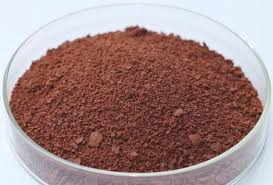
6. Sodium Hydroxide (Caustic Soda)
Sodium hydroxide, commonly known as caustic soda, is a strong base used in water treatment primarily for pH adjustment and chemical precipitation.
Benefits:
- pH Adjustment:Caustic soda is utilized to increase the pH of acidic water, neutralizing acidity. This is crucial to maintain proper water chemistry and prevent corrosion of distribution pipes and equipment.
- Chemical Precipitation:It facilitates the precipitation of metals such as iron, manganese, and heavy metals from water, allowing their removal through filtration or sedimentation processes.
- Neutralization:Caustic soda neutralizes acidic wastewater and industrial effluents, making them less harmful to the environment.
Applications:
- Drinking Water Treatment:Sodium hydroxide is employed in drinking water treatment plants to adjust pH levels and control corrosion in distribution systems. It also aids in the removal of dissolved metals and contaminants.
- Industrial Water Treatment:In industrial applications, caustic soda is used for pH control in various processes, including metal finishing, food processing, and chemical manufacturing.
- Wastewater Treatment:Caustic soda is an integral part of wastewater treatment processes, where it helps in the precipitation of phosphates, neutralization of acidic wastewater, and enhancement of biological treatment efficiency.

7. Activated Carbon
Activated carbon is a versatile adsorbent used in water treatment for the removal of organic contaminants, chlorine, and other impurities.
Benefits:
- Adsorption Capacity:Activated carbon has a high surface area and pore structure that enables it to adsorb a wide range of organic compounds, pesticides, and disinfection by-products from water.
- Taste and Odor Removal:It effectively removes taste, odor, and color-causing compounds, enhancing the aesthetic quality of treated water.
- Chlorine Removal:Activated carbon filters are used to remove chlorine and chloramines from
Applications:
- Drinking Water Treatment:Activated carbon is used in point-of-use and point-of-entry water filtration systems to improve taste, odor, and overall water quality. It is also used in municipal water treatment plants for the removal of organic contaminants.
- Wastewater Treatment:Activated carbon plays a critical role in treating industrial wastewater by adsorbing organic pollutants and hazardous chemicals before discharge.
- Air Purification: In addition to water treatment, activated carbon is used in air purification systems to remove volatile organic compounds (VOCs). odors, and airborne contaminants.

8. Polyphosphates
Polyphosphates are a group of chemicals primarily used to inhibit scale formation and control corrosion in water systems. By binding with hardness ions such as calcium and magnesium, polyphosphates help prevent the deposition of scale in pipes, boilers, and heat exchangers. They also form a protective film on metal surfaces, reducing corrosion caused by acidic conditions and dissolved oxygen.
Benefits:
- Scale Inhibition:They sequester hardness ions, reducing the formation of scale deposits.
- Corrosion Control:The protective film they form on metal surfaces helps prevent corrosion in water systems.
Applications:
- Industrial Water Treatment:Polyphosphates are widely used in cooling towers, boilers, and process water systems to maintain efficiency and extend equipment life.
- Municipal Water Treatment:They are added to public water supplies to prevent scale buildup in distribution pipes and reduce corrosion risks.
- Household Applications:In residential water softeners and conditioners, polyphosphates help protect plumbing fixtures and appliances from scale and corrosion.

9. Hydrogen Peroxide
Hydrogen peroxide is a potent oxidizing agent used in water treatment for disinfection, oxidation of contaminants, and improving overall water quality. Its strong oxidative properties allow it to break down organic and inorganic substances that cause discoloration, unpleasant odors, and health hazards.
Benefits:
- Effective Disinfection:Hydrogen peroxide eliminates bacteria, viruses, and other pathogens, ensuring the water is safe for drinking and recreational use.
- Oxidation of Contaminants:It oxidizes harmful impurities such as hydrogen sulfide, iron, and manganese, facilitating their removal from water.
Applications:
- Drinking Water Treatment:It serves as an alternative disinfectant in potable water systems, especially where chlorine-resistant microorganisms are a concern.
- Wastewater Treatment:Hydrogen peroxide helps reduce biochemical oxygen demand (BOD) and chemical oxygen demand (COD) by oxidizing organic pollutants, thereby enhancing the efficiency of biological treatment processes.
- Industrial Processes:Beyond water treatment, hydrogen peroxide is utilized in chemical synthesis, bleaching, and effluent treatment to meet environmental standards.
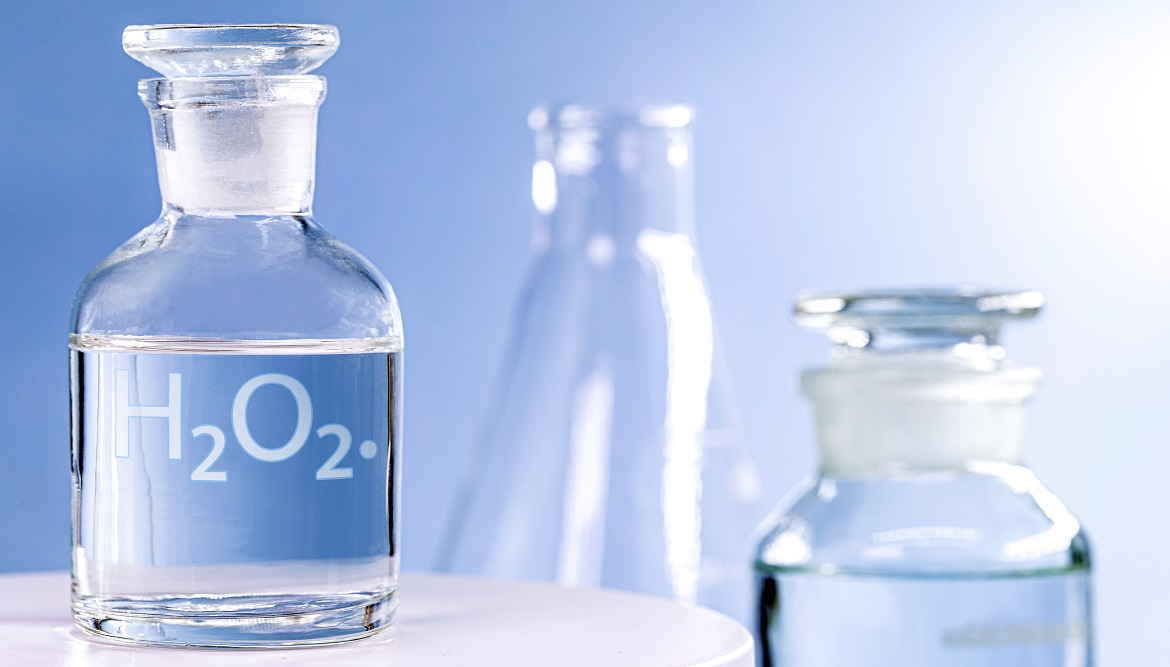
10. Ozone
Ozone is one of the most powerful oxidizing agents used in water treatment. Its high reactivity makes it effective in disinfecting water and removing a wide range of contaminants, from organic compounds to trace chemicals that affect taste and odor.
Benefits:
- Superior Disinfection:Ozone rapidly inactivates bacteria, viruses, and other pathogens, offering a robust barrier against waterborne diseases.
- Advanced Oxidation:It breaks down organic and inorganic substances, eliminating compounds that cause color, taste, and odor issues.
- Reduction in By-Products:Ozone treatment can reduce the formation of disinfection by-products that are often associated with chlorine use.
Applications:
- Drinking Water Treatment:Ozone is used either as a primary or secondary disinfectant in municipal water treatment plants, enhancing water quality by minimizing harmful by-products.
- Wastewater Treatment:It aids in the removal of stubborn organic pollutants and pathogens from wastewater, contributing to a cleaner discharge.
- Aquaculture:Ozone treatment helps maintain optimal water quality in fish farming by controlling pathogens and reducing odor, thus promoting healthier aquatic life.

Conclusion
Effective water treatment relies on a synergistic approach, employing a range of chemicals to tackle various contaminants and ensure water safety. Each chemical—from chlorine’s robust disinfection capabilities to ozone’s advanced oxidation and hydrogen peroxide’s versatile application—plays a unique role in optimizing water quality. By carefully selecting and managing these chemicals, water treatment professionals can meet stringent regulatory standards and provide communities, industries, and ecosystems with clean, safe, and sustainable water resources.
You can place an order or ask any questions, please feel free to contact at feronia@wit-stone.com | +86-15655559799



